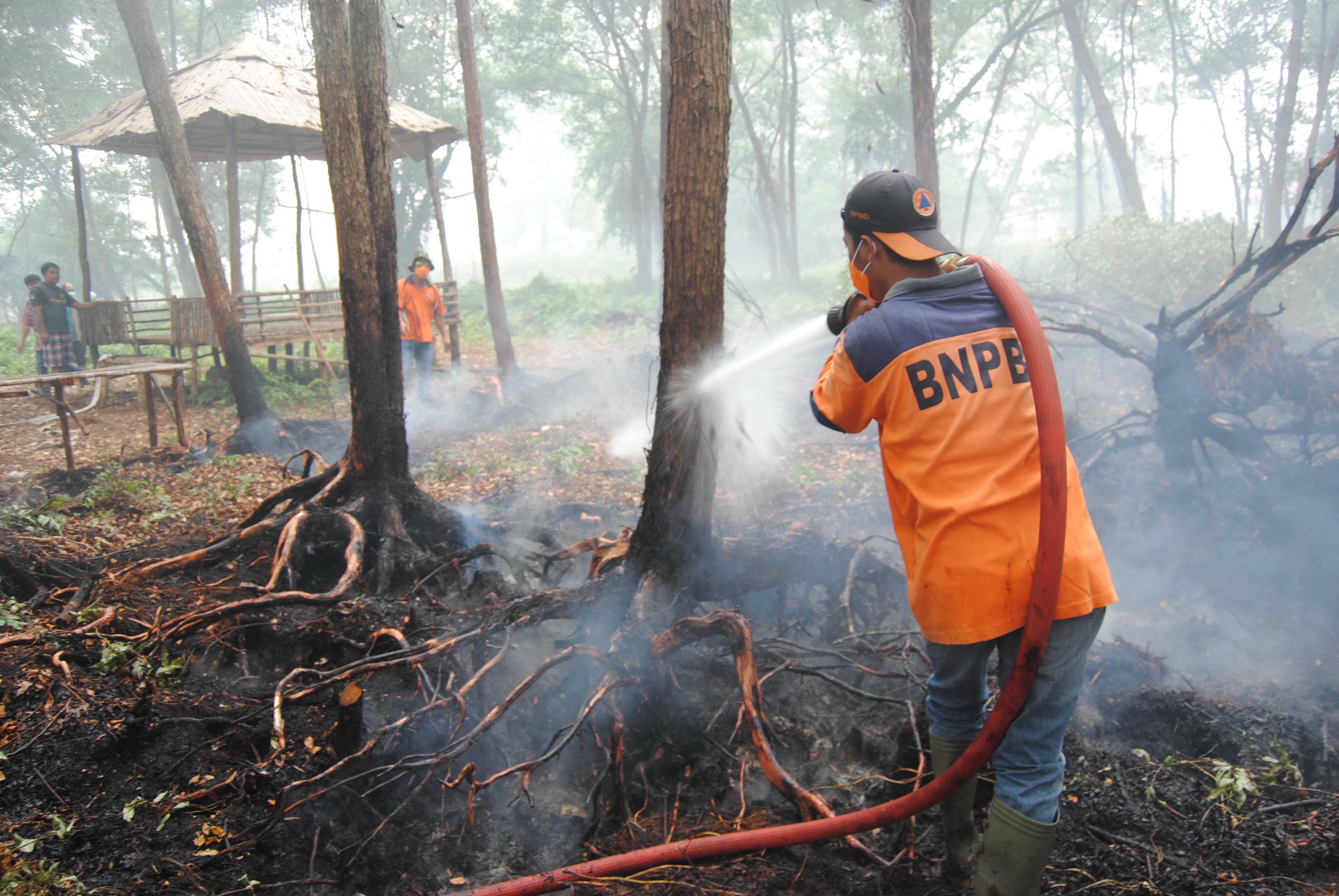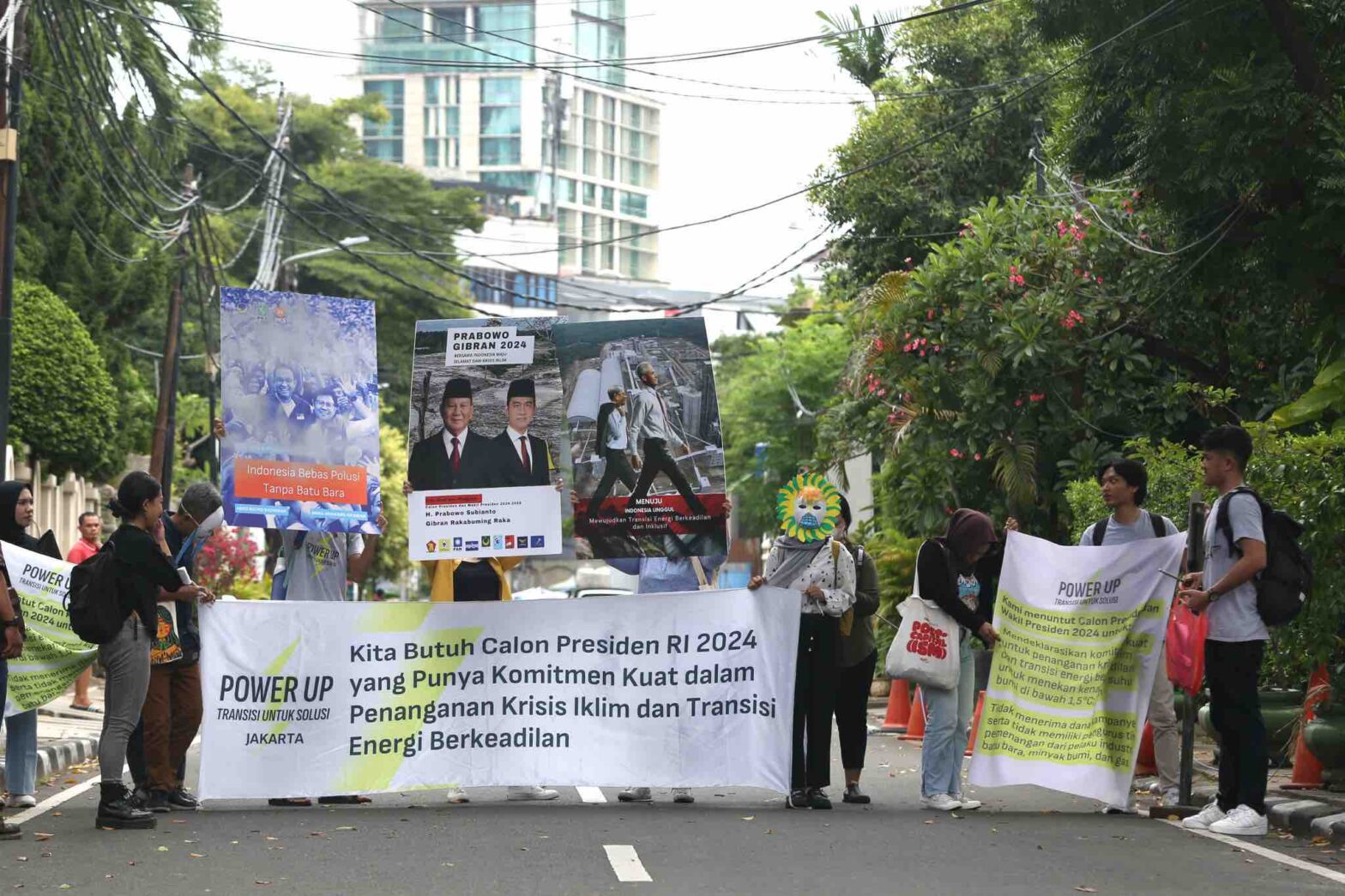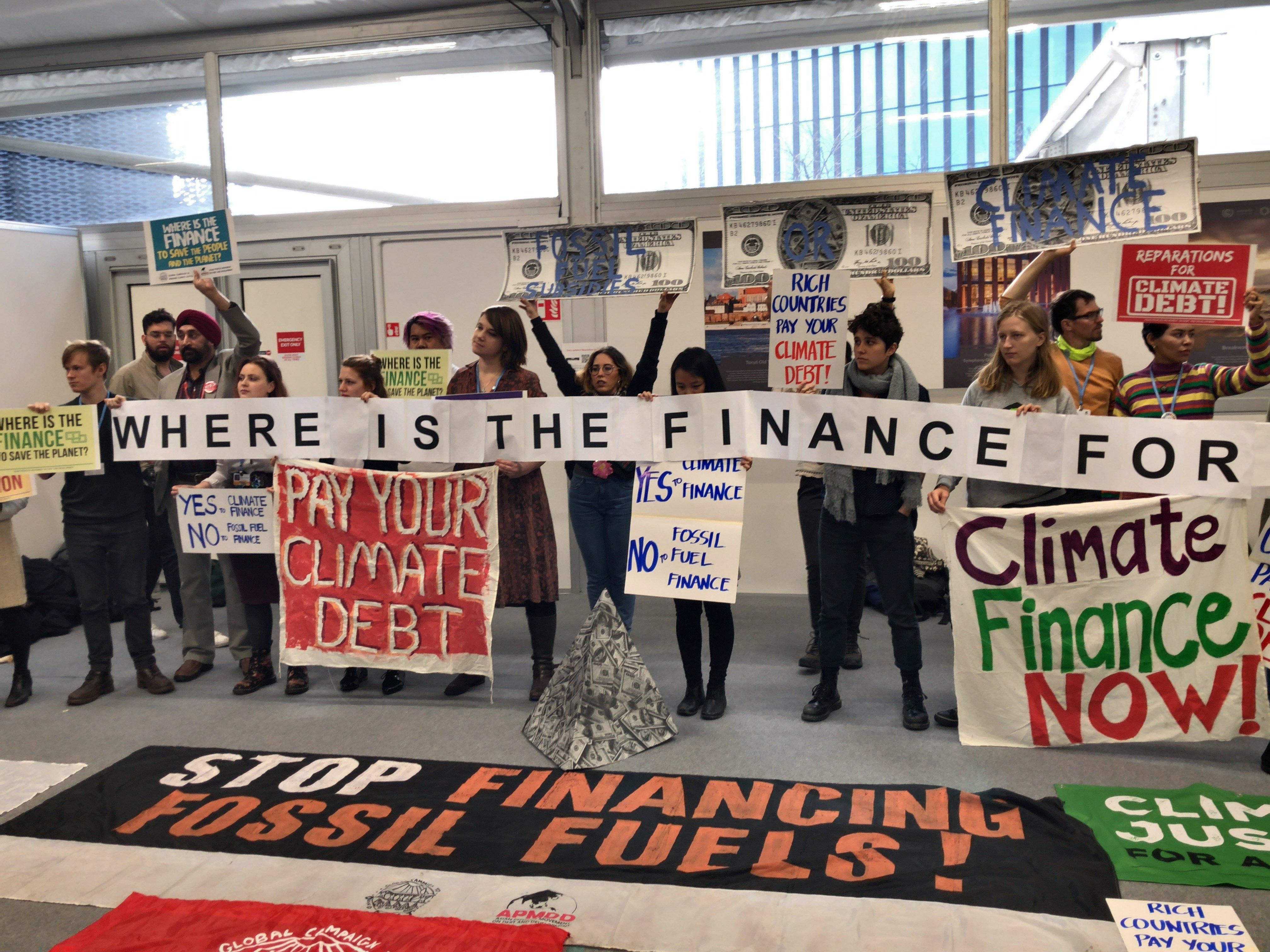Researchers from the World Resource Institute Indonesia argue that while Indonesia has made some steps to meet its climate action targets, it now needs more of a long-term vision.
By Himayatus Shalihah, Hanny Chrysolite, Reidinar Juliane
This December will be a defining moment for the international community to come together and discuss a global direction for sustainable development.
The United Nations climate change conference in Poland, COP 24, will be a chance for countries to share actions they’ve taken to address climate change and respond to the warnings the Intergovernmental Panel on Climate Change laid out in its recent report.
Three years after countries committed to efforts to limit global temperature rise under the landmark Paris Agreement, talks in Poland will aim to set the rules for a global climate pact, strengthen countries intentions to enhance their commitments and deliver a concrete mechanism to mobilize climate finance.
As a party to the Paris Agreement, Indonesia has committed to reduce its greenhouse gas emissions by 29 percent against a business as usual scenario by 2030. Those reductions rise to 41 percent with international assistance. A one of the world’s top 10 carbon emitters and home to extensive rainforests that help draw in carbon, Indonesia has a critical role in helping achieve the goals of the agreement – to limit global temperature rise to below 2 degrees Celsius.
But the question remains: How much progress has it made and how can it scale up?
Indonesia’s climate action progress
Indonesia has already taken a number of steps toward reducing its emissions.
It has developed a Monitoring, Reporting, and Verification (MRV) platform to monitor and report on the progress of emissions reductions from programs enacted at the national and sub-national levels. It has enacted land restoration and conservation policies, enhanced forest-fire suppression measures, implemented a pilot project for adaptation action to prepare communities face the negative impact of climate change and introduced Low Carbon Development Indonesia (LCDI).
But with COP24’s aim of enhancing these ambitions, how can Indonesia better strengthen its efforts to translate promise into action?
- Set a common vision. The government’s Low-Carbon Development Indonesia initiative will be the basis of Indonesia’s next medium-term national development plan. That means that for the first time in history Indonesia will have a development plan that takes into account emission reductions as well as environmental and natural resources constraints. To achieve this huge commitment and ensure it’s effectively implemented, the government needs to share the LCDI with other ministries and sub-national leaders. Doing so could allow these various stakeholders to identify a set of low-carbon policies ministries and provinces could adapt to their own jurisdictions and sub-national development plans.
- Address overlapping policies across institutions. The beginning of a low-carbon development era creates an unprecedented number of opportunities. However, significant progress cannot be achieved if conflicting policies still exist. For example, Indonesia has vowed to supply 23 percent of its energy mix with renewable energy by 2025. But at the same time, the government’s 35,000 Megawatt electrification plan will be mostly fulfilled by coal power plants. Indonesia has not considered plans for how to quickly phase out coal power, which conflicts with national policies aimed at boosting renewable energy as well as global trends. Alternatively, there are many examples from around the world of policies that could provide solutions for the economy and climate change action. For example, restoring peatlands in Indonesia could help avoid costly peat fires and expand natural carbon sinks. Indonesia could also take advantage of its natural infrastructure, such as healthy forests and wetlands, to provide cheap solutions to its water quality and supply challenges. But maintaining and preserving Indonesia’s natural infrastructure requires more strategic efforts.
- Track progress. With clear mechanisms and methodologies for tracking climate reduction targets, Indonesia can design more targeted low-carbon, climate-resilient development planning, it can better understand the lessons learned, and set more ambitious goals. Tracking progress will require establishing rigorous and transparent methodologies that are both internationally accepted and locally translated. Further, these methodologies must be followed with clear guidance that applies at the national and sub-national level. Enhanced and transparent methodologies will empower sub-national governments, civil society groups, businesses and citizens to track the progress of climate action over time.
Long-term strategic (LTS) for climate action
The current commitments each county has made to reducing its emissions, known as nationally determined contributions, aim to limit temperature rise by 2030. But climate action has to continue beyond that date.
Indonesia could follow the example of the 10 countries that have submitted long-term strategies (LTS) to advance climate action and achieve sustainable economic growth.
Indonesia’s LTS could help prevent investment in infrastructure that is incompatible with a low-carbon, climate-resilient future, such as brown power plants. Indonesia’s Financial Regulatory Body recently identified 34 abandoned coal power plants in Indonesia that the government spent IDR 4.94 billion [US$340,000] to build. Having a long-term strategy can help to avoid similar costly scenarios in the future. Accordingly, Indonesia could utilize the LCDI initiative to pave the way for Indonesia’s long-term sustainable growth strategy and initiate the preparation of its LTS blueprint. This initiative could be elaborated for Indonesia’s long-term development plan and more importantly, provide more opportunities to be a low-carbon society.
Having dual status as a significant carbon emitter and remover, Indonesia is in a strategic position within the global carbon-reduction negotiation process. Communicating Indonesia’s achievements and direction toward long-term sustainable development will show how serious Indonesia is about being part of the global solution to climate change’s challenges.
Himayatus Shalihah, Hanny Chrysolite and Reidinar Juliane are researchers from World Resources Institute Indonesia. All questions related to the viewpoint above can be directed to [email protected].



